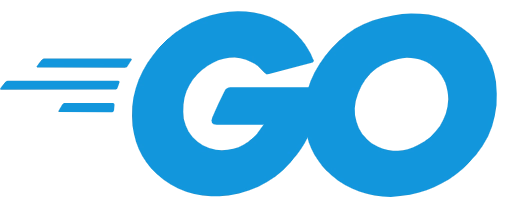golang gctrace
发布时间: 2025-12-15 12:47:12
Golang GCTRACE: Understanding Garbage Collection in Go
Introduction
As a seasoned Golang developer, understanding the intricacies of its garbage collection mechanism is crucial for optimizing performance and reducing memory footprint. In this article, we will take a deep dive into GCTRACE, a built-in debugging tool in Go, which provides insights into the garbage collection process. We will explore how to enable GCTRACE, interpret its output, and leverage this information to optimize our Golang programs.
Enabling GCTRACE
To enable GCTRACE, we need to set the GODEBUG environment variable to include the "gctrace" flag. This can be done by executing the following command before running our Golang program:
$ export GODEBUG=gctrace=1
Alternatively, we can set this directly within our code by adding the following line at the beginning of our program:
os.Setenv("GODEBUG", "gctrace=1")
Interpreting GCTRACE Output
When GCTRACE is enabled, it generates verbose output regarding the garbage collection operations performed by the Go runtime. This information can be leveraged to optimize our code and understand memory allocation patterns.
Heap Scanning Phases
The GCTRACE output consists of several scan phases responsible for identifying and marking objects in memory:
1. Scavenge Phase:
- The scavenge phase follows a stop-the-world approach, where all goroutines are paused.
- During this phase, the garbage collector scans the stack and registers to identify pointers to objects.
2. Mark Phase:
- In the mark phase, the garbage collector traverses the object graph to mark reachable objects.
- The output displays the types and sizes of the marked objects.
3. Sweep Phase:
- The sweep phase deallocates unreachable objects and reclaims memory.
- The output shows the number of swept objects and their deallocation times.
Utilizing GCTRACE Information
The verbose output provided by GCTRACE enables developers to identify potential performance bottlenecks and memory leaks. Here are a few tips for utilizing this information effectively:
1. Analyzing Heap Growth:
- By observing the heap size during the mark phase, we can identify excessive memory growth.
- If the heap size continuously increases over multiple GC cycles, it indicates a potential memory leak.
2. Identifying Stale Objects:
- GCTRACE output includes statistics about the number of objects marked and swept.
- A large difference between the two values suggests that there are many stale objects in memory.
3. Tuning Garbage Collection:
- GCTRACE provides insights into the garbage collector's behavior, such as the number of GC cycles and their durations.
- This information can be used to adjust the GOGC environment variable and hence optimize memory usage.
Conclusion
Understanding Golang's garbage collection mechanism is vital for developing high-performance applications with efficient memory management. GCTRACE serves as an invaluable tool in this quest, providing detailed information about the garbage collection process. By enabling GCTRACE and interpreting its output, developers can gain valuable insights, optimize their code, and identify and resolve potential performance issues. Harness the power of GCTRACE to write faster, more efficient Go programs.
